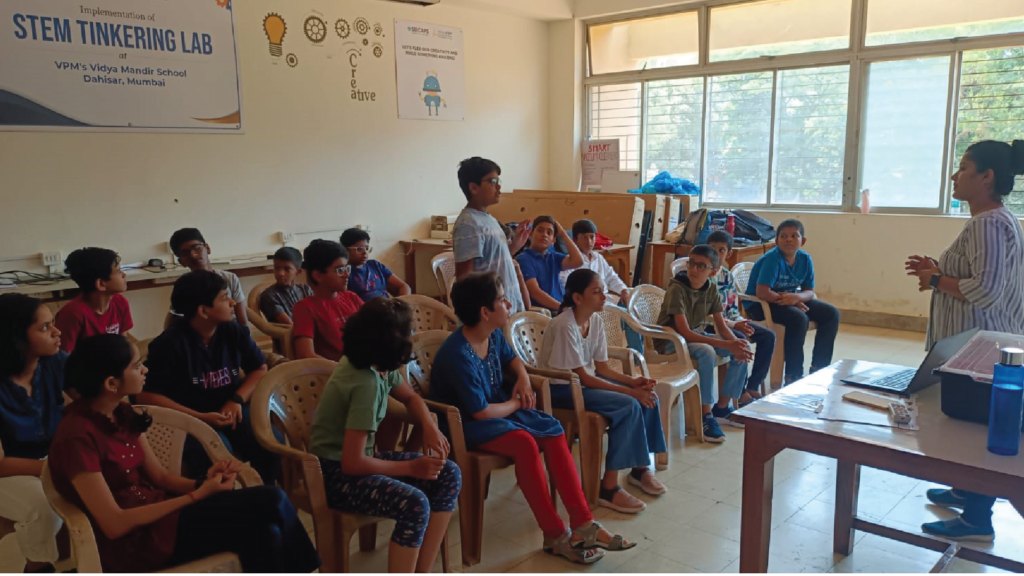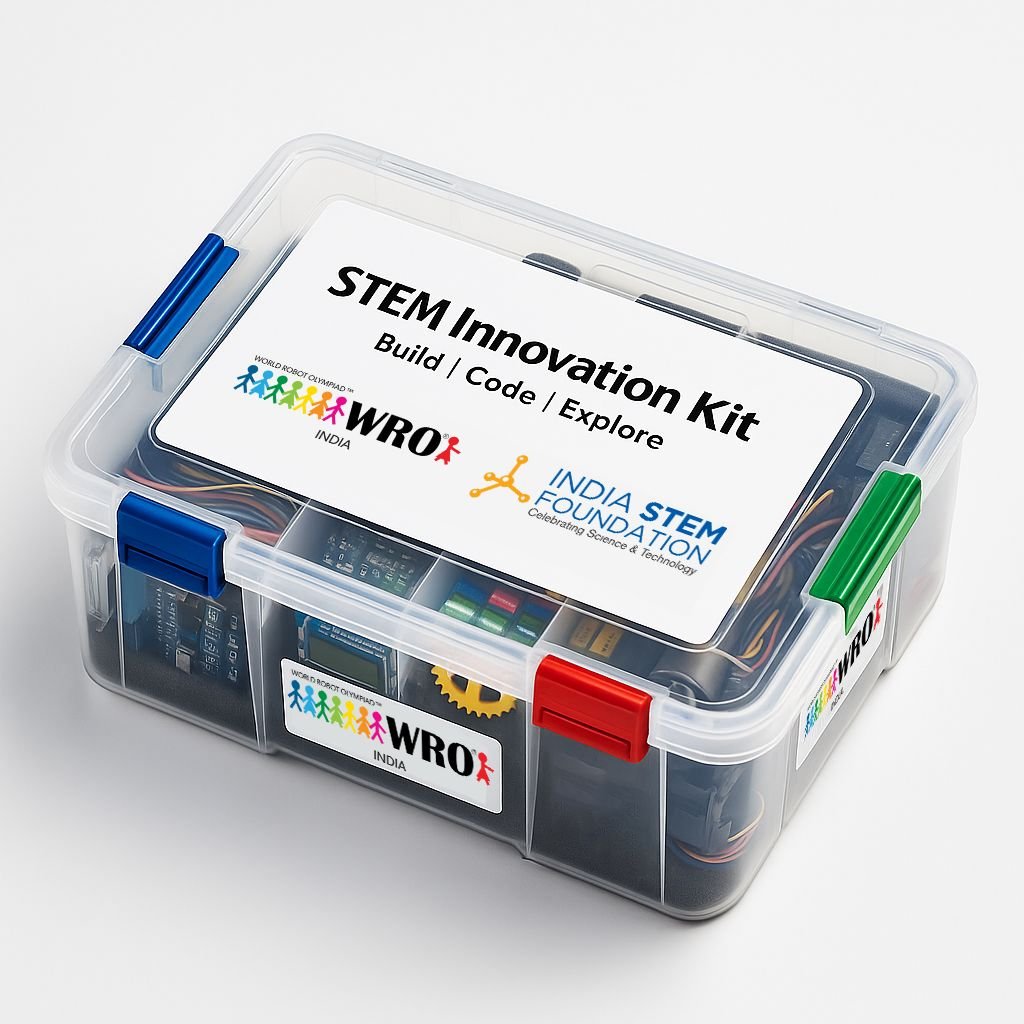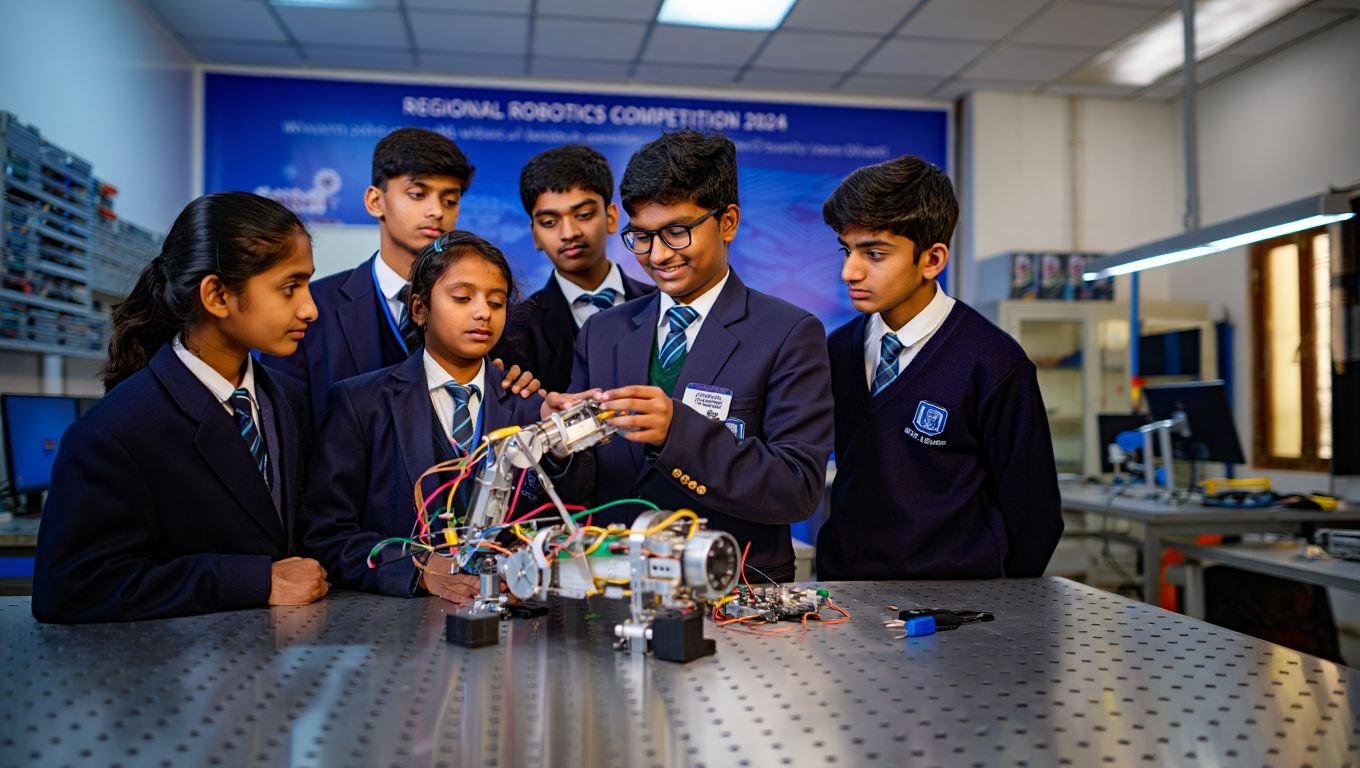India’s concentration on STEM education is causing it to quickly become a worldwide center for innovation. Innovative STEM programs have become crucial in forming the next generation of thinkers, inventors, and problem solvers as the nation works to provide its students the skills they need to prosper in a technology-driven environment. These programs, which are funded by both public and private sources, aim to provide students with the skills they need to face the problems of the future by encouraging critical thinking, creativity, and hands-on learning. India’s STEM education environment is changing, with an emphasis on inclusion and reaching students in both urban and rural locations. Examples of this include robotics contests and coding boot camps. This article examines India’s most cutting-edge STEM initiatives, their effects on students, and how they are establishing the country as a leader in the world of technological progress.
STEM Education’s Significance in India
In India, STEM education is very important since it will shape the country’s future. Scientific, technological, engineering, and mathematical experts are in high demand as India’s economy and technology develop. Students who receive a STEM education are better prepared to face the complex problems facing the modern world by having stronger analytical and problem-solving abilities. It encourages creativity and innovation, which propels advancement in industries including environmental sustainability, information technology, and healthcare. Additionally, STEM education encourages more females to seek employment in these sectors, which promotes inclusion and diversity in India’s workforce and helps close the gender gap.
Important Government Projects
The following are some significant government programs in India that support STEM education:
NITI Aayog established the Atal Innovation Mission (AIM), which promotes entrepreneurship and innovation throughout the nation. Students may develop their creative and problem-solving abilities by getting hands-on experience with cutting-edge technology through Atal Tinkering Labs.
Rashtriya Avishkar Abhiyan (RAA): The Ministry of Education’s program seeks to foster an attitude of inquiry and creativity in pupils, especially those living in rural regions. It encourages hands-on learning in mathematics and science.
National Digital Literacy Mission (NDLM): It seeks to increase digital skills and technical awareness throughout the nation by aiming to make at least one member of every household digitally literate.
SWAYAM: An online learning platform that makes education available to students all around the country, SWAYAM provides free courses in a variety of areas, including STEM.
PMKVY, or the Pradhan Mantri Kaushal Vikas Yojana, This program helps students gain skills that are ready for the workforce by providing vocational training in STEM-related professions, even if its main focus is on skill development.
Contributions from the Private Sector
In India, donations from the private sector have significantly advanced STEM education by boosting government initiatives and encouraging creativity. Important contributions consist of:
Infosys Foundation: With a focus on STEM education, Infosys has launched a number of programs, including science laboratories in schools and scholarships for students interested in STEM fields. Many young students have gained confidence from their emphasis on digital literacy and coding abilities.
Tata Consultancy Services (TCS): TCS has introduced initiatives such as the TCS iON Digital Learning Hub, which gives students access to high-caliber materials for STEM education. Their programs, which educate students for the workforce of the future, frequently involve mentoring and practical projects.
Mission10X at Wipro: Wipro’s Mission10X initiative aims to improve the calibre of engineering education. Students will eventually benefit from this program by giving educators the resources and training they need to offer excellent STEM teaching.
Google’s Code to Learn initiative: To encourage students to think computationally, Google India has launched coding competitions and seminars. These programs foster problem-solving and creativity, two abilities that are essential in the STEM disciplines.
Microsoft India’s YouthSpark: Microsoft has launched a number of initiatives, such as technology grants and coding workshops, to improve young students’ digital literacy. By focussing on underprivileged neighbourhoods, their programs frequently increase access to STEM education.
Innovative STEM Programs and Initiatives
Numerous cutting-edge STEM programs and initiatives have emerged in India with the goal of preparing the next generation for success in the fields of science, technology, engineering, and mathematics. Among the noteworthy projects are:
Atal Tinkering Labs (ATL): Created in India’s schools as part of the Atal Innovation Mission, ATLs are designed to encourage a practical approach to education. These laboratories encourage experimentation and creativity by giving students access to cutting-edge equipment, including 3D printers, robotics kits, and electronics.
RoboShiksha Kendra:Students are introduced to robotics and automation through the RoboShiksha Kendra program, which was started by the India STEM Foundation. By providing hands-on instruction and encouraging a more profound comprehension of engineering concepts, it seeks to provide a solid foundation in robotics.
The Ministry of Education introduced IIT-PAL (Professor Assisted Learning), which provides free online lectures and study materials to aid students in getting ready for competitive examinations such as JEE. This program makes sure that everyone, wherever, can receive high-quality STEM education.
Intel AI for Youth: With a thorough curriculum that combines academic study with real-world initiatives, Intel’s program aims to equip students with AI capabilities. It incorporates AI learning into the curriculum with the goal of inspiring the following generation of AI pioneers.
These cutting-edge initiatives are essential to developing India’s STEM labor force of the future, advancing technology, and maintaining the nation’s competitiveness internationally.
Promoting Inclusion and Diversity in STEM
Promoting inclusivity and diversity in STEM fields is crucial for accelerating innovation and resolving difficult global issues. The STEM areas may gain from a wide range of viewpoints and ideas by fostering an inclusive atmosphere that embraces people from many backgrounds, including gender, color, ethnicity, and socioeconomic position. Through targeted efforts, scholarships, and mentorship programs, under-represented groups are encouraged to pursue STEM jobs, which helps to break down barriers and create possibilities for everyone. A diverse STEM workforce ensures that technology developments are accessible to and helpful to a wider part of society, fosters cooperation, and produces more innovative solutions.
In conclusion, India is quickly being recognized as a worldwide center of innovation because of its emphasis on STEM education. The country’s dedication to providing pupils with essential skills via public and private endeavors has nurtured a fresh cohort of innovators, problem solvers, and thinkers. These initiatives prioritize inclusiveness, creativity, and hands-on learning to make sure that STEM education reaches kids in both urban and rural settings. India is laying the groundwork for continuous technical advancement and worldwide leadership in innovation, as well as preparing its young people for future problems by fostering multidisciplinary methods and a diversity of abilities.




